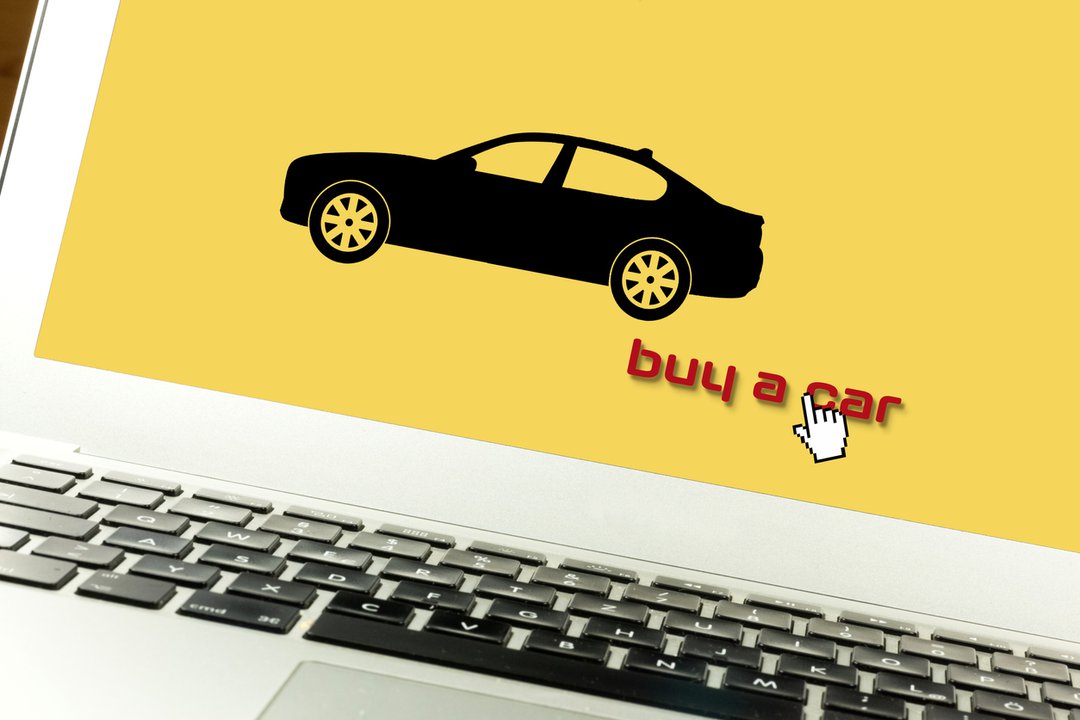
Buying a car, new or used, is a big decision — and you might be tempted to rush in without considering potential pitfalls that come with the purchase. Here are seven mistakes to avoid when you’re shopping for a car loan.

iStock-1303482348.jpg
1. Not knowing your credit history
Not knowing your credit score before applying for a loan is a bit like flying blind into a storm. If you know your creditworthiness, you’ll get a general idea of which loan terms you qualify for and what to expect going into loan negotiations. If your score is low and you aren’t in a hurry to buy, you may decide to take time to improve your score to get a better interest rate.
To get your credit report from one of the three major credit bureaus, use annualcreditreport.com. You can get your report for free once per week through April 20, 2022. You won’t receive your credit score on this report, but you’ll get information about your credit and payment history. While reviewing your credit report, you can spot errors and figure out where you can improve.
You can obtain your score for free on your credit card statement or online account. You can also purchase it from a credit reporting agency.
2. Not calculating your budget
Before taking out a loan, you need to review your financial situation and make sure you can afford to pay back the debt. If you don’t plan out how you’ll incorporate monthly loan payments into your budget, you could end up falling behind on payments. This could lead you to rack up thousands of dollars in unpaid interest and significantly damage your credit score, which could impact your ability to get other loans in the future.
3. Going upside down on your auto loan
The value of your car generally decreases with time, so it’s possible to go upside down on your loan, meaning you owe more on your loan than your car is worth. This isn’t innately a bad thing, but it cause a problem depending on your circumstances.
For instance, if you want to get rid of your car before paying it off, you won’t just have to sell or trade it in — you’ll also have to pay the lender the difference between the value of the car and the loan amount. Or if you get in an accident that totals your car while you’re upside down on your loan, your insurance will only cover up to the car’s value. You’ll have to pay the difference out of pocket.
You can combat this problem by making a larger down payment or by choosing a shorter term length so you pay off your loan more quickly.
4. Choosing a loan term that’s too long
While it may be tempting to get lower monthly payments on your car, the longer your loan term, the more you’ll pay in total interest. Longer terms generally come with a higher interest rate that you’ll have to pay for longer. Also, the longer the term, the more likely your car’s value decreases to the point where you go upside down on your loan.
Generally, 60 months is considered the maximum term length you should consider. To avoid choosing a long term, try picking a shorter term length with higher monthly payments, provided you can fit it into your budget.
5. Not shopping around for the best terms possible
If you simply take the first loan offered to you, you could be leaving a better deal on the table elsewhere. It’s important to see what terms you are offered from a variety of lenders, as some may have lower interest rates or different options for term lengths.
6. Not getting preapproved for a loan
If you solely look at your car dealer for a loan, you may be missing out on better options elsewhere.
You can often get the best deal on a loan by getting preapproved for a loan at different banks, credit unions, and online lenders. You should do this before you start shopping for a car because you’ll get a better idea of how much you’ll be approved for and the rates available to you. Often, this process will only require a soft credit inquiry and won’t impact your credit score.
7. Expensive, unnecessary warranty options
If you’re looking to buy a used car, the original warranty may have expired, and dealers will try to entice you to tack on a new warranty to your purchase. The warranty may cover the cost of repairs and routine maintenance, but only cover a small list of issues you’re unlikely to run into. These warranties are often marked up by hundreds or thousands of dollars and will add to the overall cost of your loan.
That said, you may still want a warranty for the stress relief it provides. In that case, do the math and figure out how much the cost of repairs and maintenance would be without a warranty, then use that information to negotiate the price down with the lender.
Avoiding mistakes when taking out an auto loan can be summarized simply: Don’t rush the process, and pay attention to all the terms and conditions that come with your loan before signing on the dotted line.
Comments are closed.
